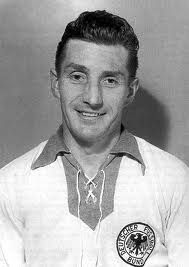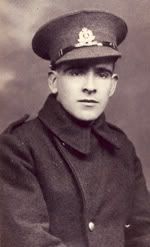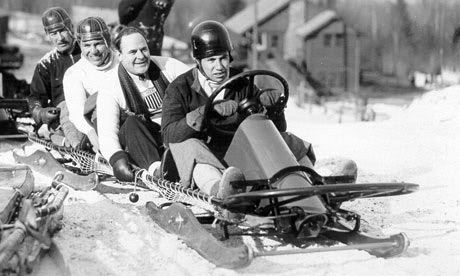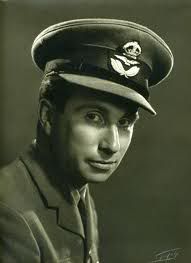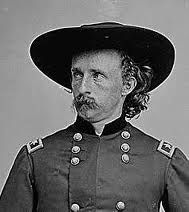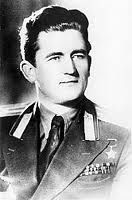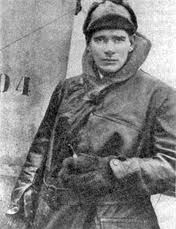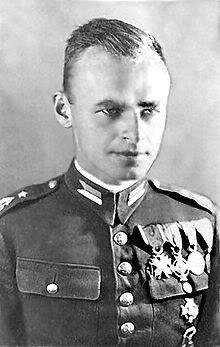A War Story of a Hero I knew personally.

David Overstreet was a native of Abernathy, Texas. His father was a cotton farmer. His mother died when he was young and the family moved to San Angelo, Texas. David took over the task of overseeing his younger siblings. He attended San Angelo schools. David was a 1965 graduate of Abernathy High School, Abernathy, Texas. Abernathy is 35 miles due north of Lubbock, Texas. His family had moved to Eldorado, Texas after he graduated. Eldorado is about 45 miles due south of San Angelo. He attended San Angelo State University in San Angelo as a freshman. He entered the U.S. Navy in 1967 and was trained as a Corpsman. He was assigned to the 1st Battalion, 4th Marines in Vietnam.
From the 1/4 Marines Operations Log for 23 March 1969:
"231415 - Co "D" at grid XD676579 found 5 graves with 3 markers, proceded to check out area and was taken under fire by 7 NVA. Pulled back and fired 60mm, 81mm, 105, and 106 and had 2 air strikes. Had 3 friendly KIA and 4 friendly WIAs and 3 confirmed NVA and 4 probables."
"231720 - Co "C" at grid XD677575 went to retrieve 1 friendly KIA [from Co "D"] after air strike was run. Taken under fire by enemy sniper, snipers located in bunkers. Commenced search and clear, resulting in 6 enemy bunkers destroyed. KIA retrieved and Co "C" pulled back and called in air. Results 3 friendly WIA minor and 5 enemy KIAs confirmed."
The three men killed in the engagement at 1415 (2:15 PM) were
* HM3 David D. Overstreet, San Angelo, TX;
* LCpl Steve E. Byars, Lorida, FL; and
* Pfc Norman E. Beck, Rockford, IL.
From an eyewitness (me):
[Please note, that once the firefight begins, all recollections of time are subject to the combat warp, that is to say, I really don't know how long the firefight lasted, but my best estimates suggest about an hour]
This was a platoon patrol of our sector of the FB Argonne perimeter. After leaving behind the sick, lame & lazy, we numbered 20-25 men. We were led by the Plt Sgt (SSG) since the Plt CO was wounded when he rolled over the booby-trapped (grenade) body of the 3rd Plt CO, who had died in the initial assault. The grenade didn't kill him, but when we next saw him in the rear, some 6 mos later, he was a changed man to say the least. (we called him 'Gungie' Gates (2nd Lt) & were not sad to see him go, as he was a dufus that was gonna get some of us hurt) I was the RTO for 1st Plt and was in the hip pocket of the Plt Sgt for the duration of the patrol.
The patrol route did not take us very far outside the perimeter, 2-300 meters at most, but was through thickly wooded jungle on the hillside below the FB and visibility was extremely limited. The first half of the patrol went quietly, with the only interruption coming when we stumbled upon some fresh graves. There we found several recently (2-3 days) dead NVA in shallow graves. After quickly checking the bodies for intel, we re-buried them and continued the patrol. We were soon on the back leg of the route home to the FB, when our point (Beck) walked upon a bunker and was shot dead where he stood. The next 3-4 guys behind him were wounded also, with 'Professor' running back towards the HQ, hurdling a waist high fallen tree, crashing on landing, rolling onto his back and scurrying with his hands and legs another couple of feet away from the enemy fire that had gut-shot him. His first words when he stopped scuttling away were, "They got me!". (it was surreal but humorous, even at the time)
In an instant it seemed, we had reacted to the fire and were returning same. Sarge was barking at me to tell Co. what sit-rep was, while directing the fire & dispo of the platoon. Byars set his Pig (M60) up where Sarge told him to and returned fire for but a few minutes into the firefight, before he too was hit. The call went out for "CORPSMAN!" and 'Doc' responded quickly and was there in seconds. While Doc lay on his left side to avoid the withering fire coming from the bunkers (yes, by now we had seen fire coming from a couple more bunkers) I could clearly see him (5-10 meters) in front of me, struggling to turn Byars over to access his wound. Doc's next move, was one that showed total disregard for his own safety and shall for the rest of my days on this earth, live etched in my memory. He bounced up into a flat footed squat and began to flip Byars over, it was the last thing he ever did, for he fell over like a statue, never coming out of the squat, even in death.
The shock of my Buddy 'Doc', forever a hero in my memory, checking out right in front of me, had put me into another dimension of thought, hate and anger. Time warped, had you asked me how long we were pinned down, I would have said 4 hours, it seemed an eternity. One of the other platoons was sent down to help pull us out of the jam we were in. And contrary to the AAR above, we left all three of our KIAs down there, as we had half a dozen wounded that had to be helped up the hill. I crossed the wire and reentered the FB, jumped into a nearby mortar (60mm) pit that was firing a cover mission for the platoon that had helped us pull out. I started helping pass the ammo, spitting on rounds when I could work up the saliva, all the while cursing the people, lands and gods of Vietnam, with tears streaming down my face. After a few minutes of watching me vent, Gunny jumped in the pit and took me by the arm and guided me back to my hole, where I would spend the next several days in hell.
After the arty & airstrikes went in, they cleaned up the bunker complex and brought back our dead. Doc lay beside our LZ wrapped in a poncho for a couple of days, as we still couldn't take any inbound choppers due to the heavy fire on the LZ coming in from Laos. A dark time had come to my young (19) life.
The epitaph to this story was my search for many years to find 'Doc's' family, that I might tell them the heroic story of their kinsman. In the year 2000, I finally made contact with his family and related his story to his brothers.
So here's to you 'Doc' ~raises a glass~ it wont be long now.
http://www.virtualwall.org/do/OverstreetDD01a.htm






